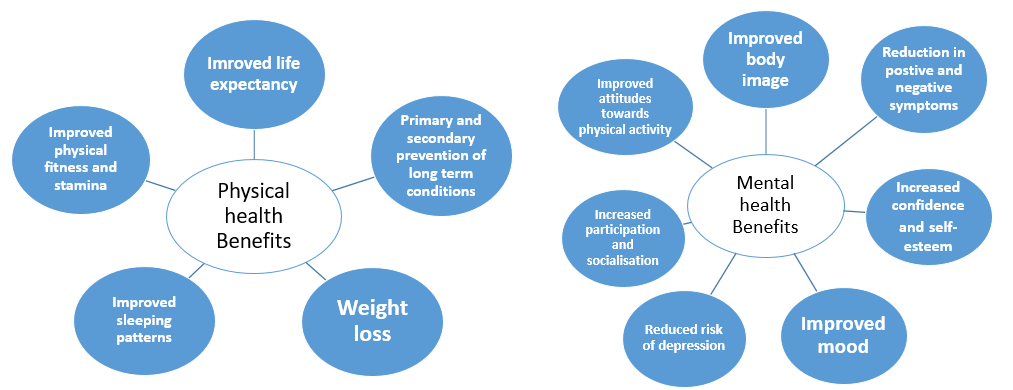Postpartum Psychosis

A HISTORICAL OUTLINE
The observation that a relationship may exist between childbirth and the onset of mental disorder is
not a recent one; it was already mentioned in the classical writings of the ancient Greeks.
In fact, more "recent" scientific literature of the past 200 years contains a large number of
publications on the subject, the descriptions, and reflections of which often turn out to be remarkably
relevant to our times.
INTRODUCTION
Giving birth to a baby brings about many changes in the female body, and these can include changes in a new mom’s mood and emotions. Some women experience more than the normal ups and downs of the postpartum time period.
puerperal psychosis is a much more severe illness. The mother may seem to lose contact with reality, have a delusion, hallucinations extreme mood swings, and behave abnormally. She can suffer from intense agitation and anxiety; insomnia and very early waking are also the sign of this catastrophic illness.
suicidal and infanticidal thoughts may also occur and in worst from, puerperal psychosis may require hospitalization ideally in a special mother-baby unit.
EPIDEMIOLOGY
Incidence:
- More common in primiparous than multiparous
- occurs in 1-2 cases in 1000 deliveries
Onset/ prognosis:
- especially about 3-10 days after delivery or 3 to several days after delivery.
- with proper care, most women have recovered from this disorder.
CLINICAL FEATURES
Disorientation, confusion, and perplexity:
The frequency of confusional symptoms (disorientation, confusion, and perplexity) in relation to
the different classifications are presented. These symptoms are prominent features in
schizodepression (S-A.D.) 90%, schizomania (S-A.M.) 82% and unspecified functional psychosis
(U.F.P.) 80%.
Depersonalization:
Depersonalization and derealization are the most frequently observed psychopathological symptoms in patients with postpartum mental illness. These closely related phenomena are presented here as one symptom. The symptom of depersonalization involves an alteration in the perception or experience of the self, which is experienced as if the usual sense of one's own reality is temporarily lost or changed. Patients seldom verbalize the experience without explicit questioning.
During the postpartum period depersonalization often also involves the incapacity of the patient to
experience love and attachment for her child. The patient may feel as if she was not related to her
child or may experience the baby as if he (or she) was a doll.
Hallucinations:
Hallucinations also feature in about half the patients with a classical diagnosis of puerperal psychosis. When screening for auditive hallucinations all forms of auditive hallucinations were scored, that is, not only verbal hallucinations but also non-verbal hallucinations such as: hearing a baby cry, sirens howl,
screams, etc. Hallucinations were also scored irrespective of their duration; even short-lasting
hallucinations are presented here.
Misrecognitions:
According to the classical concept typical misrecognitions were confusing husband and father or identifying male nursing staff as father or husband. From a psychodynamic point of view confusing father and husband were interpreted as the expression of one of the underlying unconscious psychological conflicts. It was also considered an indication that psychological factors may be of aetiological importance in these psychoses.
Mood; mania and depression:
In the case of schizomania and manic disorder there is a similar explanation. In these cases
patients were satisfying all symptoms of a manic syndrome but dysphoria was the prevailing mood
and not mania.
Thought disorder:
It includes thought broadcasting, insertion, withdrawal, delusions of being controlled, bizarre delusions, multiple delusions, incoherence, neologism, etc.
Psychomotor disturbances:
The symptoms scored i.e. agitation, retardation, and stupor/mutism are important features in both
the classical concept of puerperal psychosis. Agitation is a prominent symptom in classifications including manic syndrome, i.e. manic disorder (77%), schizo-mania (65%), and to a lesser extent in schizophrenia (42%). It also is a common feature in patients with a classical diagnosis of puerperal psychosis (46% ).
Suicide:
It is important to assess the risk of suicide in these patients. Suicidal thoughts are frequently
present but not always expressed without explicit questions on this subject. This is one of the
symptoms (the others were depression and depersonalization) in which the minor depressive
disorder classification scores very high.
ORGANIC CAUSES
- Ischemic and hemorrhagic stroke
- Electrolyte imbalance such as hyponatremia or hypernatremia
- Hypoglycemia or hyperglycemia
- Thyroid or parathyroid abnormality
- Vitamin B-12 or folate deficiency
- The side effect of medication
- Sepsis
RISK FACTORS
While some women can have postpartum psychosis with no risk factors, there are some factors known to increase a woman’s risk for the condition. They include:
- history of bipolar disorder
- history of postpartum psychosis in a previous pregnancy
- history of schizoaffective disorder or schizophrenia
- family history of postpartum psychosis or bipolar disorder
- first pregnancy discontinuation of psychiatric medications for pregnancy
BENEFITS OF PHYSICAL ACTIVITY

Comments
Post a Comment